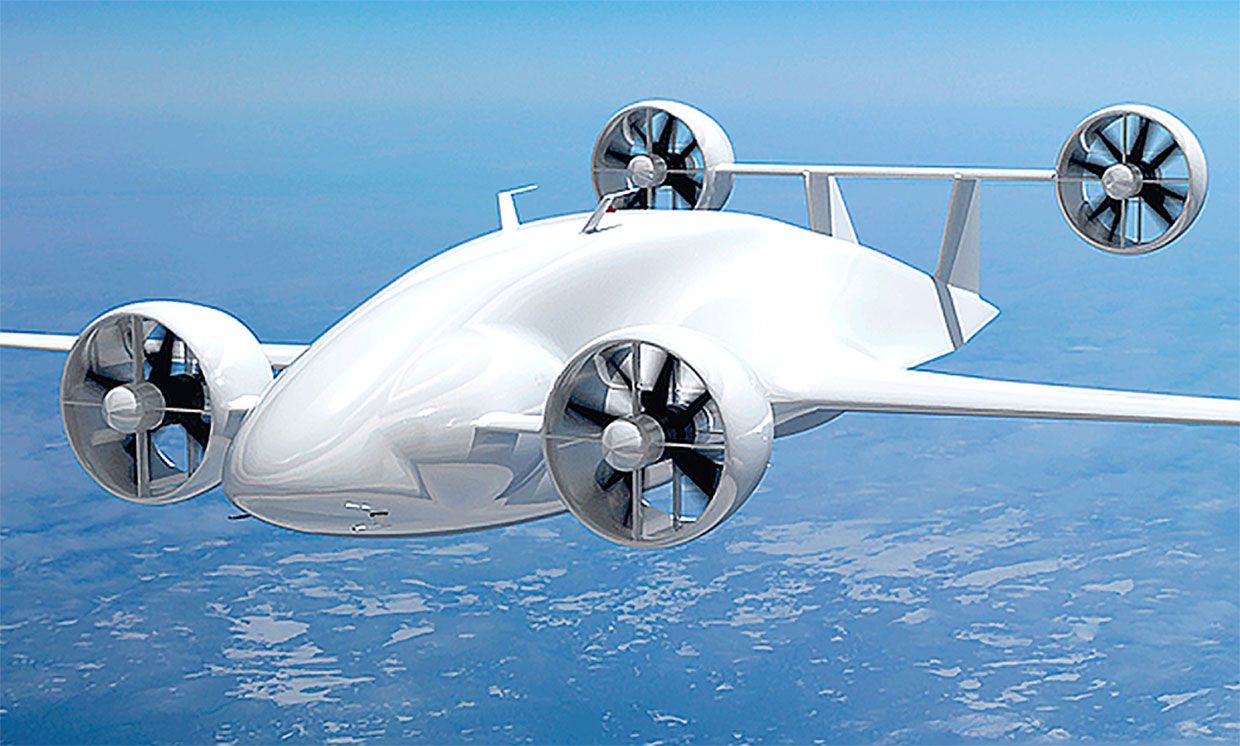A British Army Watchkeeper drone stalled itself and crashed into the sea on a bad weather flight test, military investigators have said – though most of the wreckage was never found.
The unmanned aircraft, tail number WK042, fell from the sky in February 2017 while trialling a new ice detection system. The drone was being flown from West Wales Airport, formerly known as Aberporth Airfield, by 47 Regiment Royal Artillery.
Investigators concluded that one of its pitot probes used for reading the aircraft's speed and angle of attack (AOA) became blocked, causing the Watchkeeper's onboard flight control logic to enter an erratic series of climbs and dives until it stalled itself and flopped into the sea. They criticised the craft's maker, Thales, for not fully understanding how its algorithms responded to loss of accurate sensor data.
Air Marshal Susan Gray, director-general of the Defence Safety Authority, criticised the Ministry of Defence and Thales for their "incomplete level of detailed technical understanding" regarding the drone and its systems. So far
the British military has crashed five Watchkeepers, including two in quick succession during 2017, which led to a months-long grounding of the entire fleet.
Those two crashes, of which WK042 was one, were
not publicly revealed until a senior Navy officer blabbed about them within earshot of a sharp-eared reporter, prompting accusations of an MoD cover-up over the troubled multimillion-pound programme.
The automated decision-making that led to the crash has some parallels with the recent Boeing 737 Max controversy, in which automated flight control software has been fingered as a potential factor in two fatal airliner crashes that cost hundreds of lives. The Watchkeeper crash investigators stated:
The software algorithms used to identify and disqualify single sensor failure were not always well understood by [Thales] within the UK. Consequently, the effectiveness of the algorithms at maintaining the integrity of the air data required by the [flight control system] for safe flight was in part unknown.
"From its detailed analysis," wrote Air Marshal Gray in her formal comments on the Service Inquiry (SI) report, "the SI concluded that the design of [Watchkeeper's] air data system limited its ability to fly safely in cloud and precipitation." A buildup of moisture in the Watchkeeper's pitot probes was found to have caused its automated flight logic to start doing crazy things – ultimately leading to a stall and a crash.






